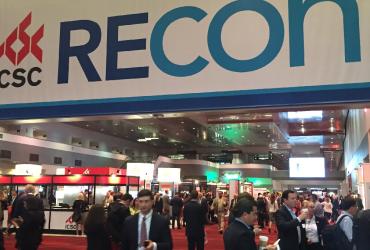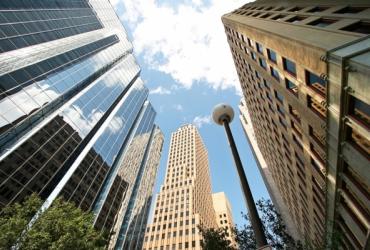
Capital costs are rising, but economic fundamentals remain strong and commercial real estate continues to be a favorable investment
After a long run of incredibly cheap capital, the commercial real estate industry is adjusting to a jump in the cost of debt. In some cases, loan rates have increased 200 to 300 basis points compared to a few months ago. Yet just how impactful those higher financing costs will be on deal flow, pricing and investment sales remains to be seen.
Recently, the Federal Reserve raised the federal funds borrowing rate by another 50 basis points. The increase follows a 25-basis point bump in March, which was the first rate increase since 2018.
Any person, business, or corporation who borrows money benefits from a stable Fed Funds Rate. For real estate investors, lower interest rates often translate into increased investment opportunities and higher prices for sellers. As the cost of borrowing money stays low or even decreases, investors tend to become more active, borrowing more money to take advantage of the overall financial savings and leverage their returns.
Higher capital costs may have a cooling effect on what has been a hot market. Although activity remains robust, expect to see some of those headwinds impacting the market as we go into the second half of the year. This cooling may be ameliorated somewhat by the sheer amount of liquidity in the market.
Investors must consider the macro economic conditions, local market conditions, treasury yield, and Cap rates among other factors when investing. The capitalization rate, commonly called “Cap Rate,” is the expected return on an investment property which factors in risk and perceived value. The Cap Rate is calculated by dividing the property’s net operating income (NOI) by the current market value.
Capitalization Rate = Net Operating Income / Current Market Value
When interest rates rise, investors pay more to borrow money. Consequently, this drives up commercial property costs. Spending more to borrow money cuts into overall profits, therefore decreases the Cap Rate. On the other hand, low interest rates for commercial real estate don’t necessarily produce favorable Cap Rates. The reality is that other factors affect cap rates as well.
Interest rates aren’t the sole factor affecting commercial real estate performance. While there is a relationship between interest rates and Cap Rates, it isn’t always as close as some might believe.









